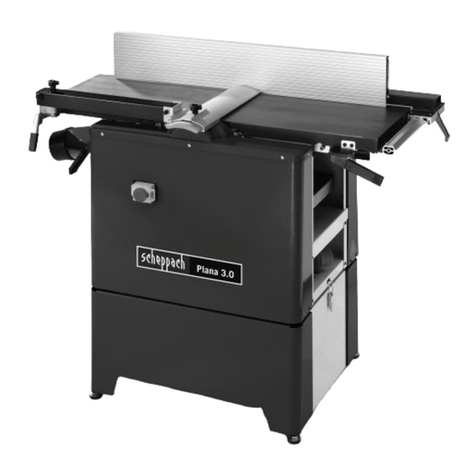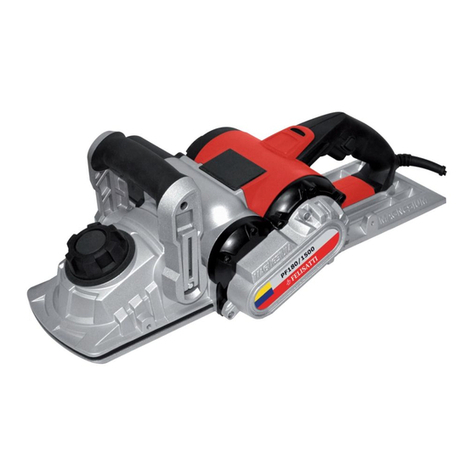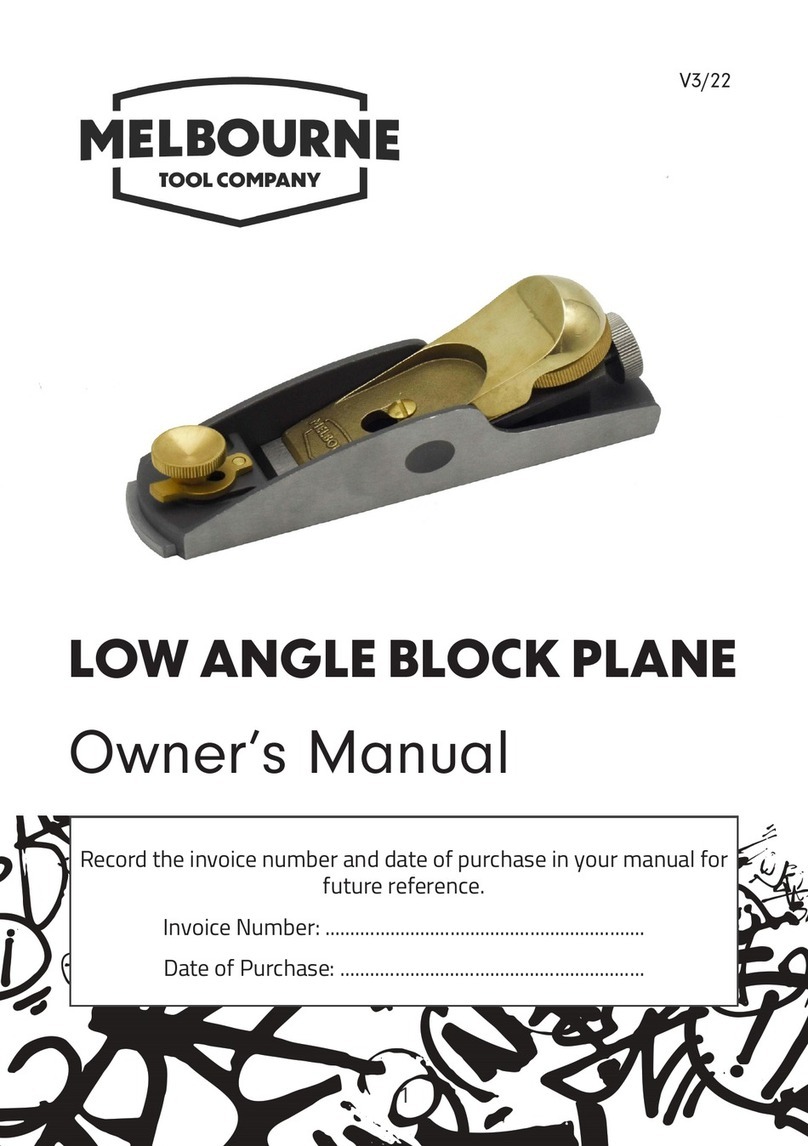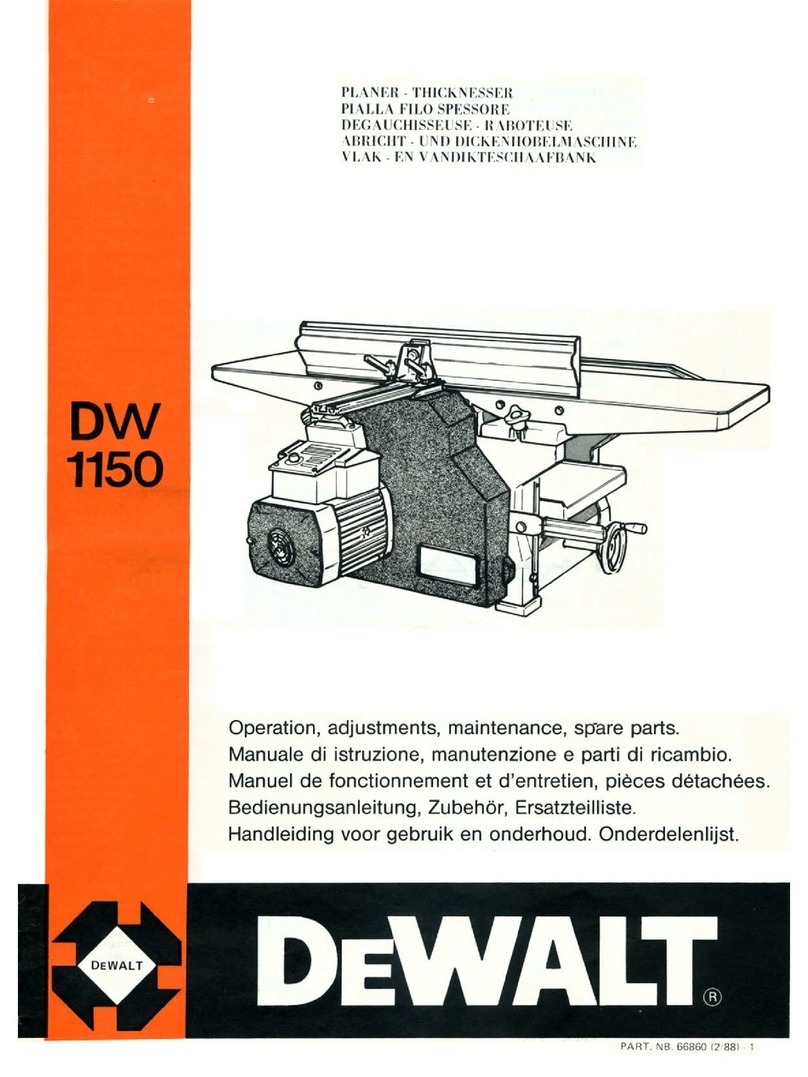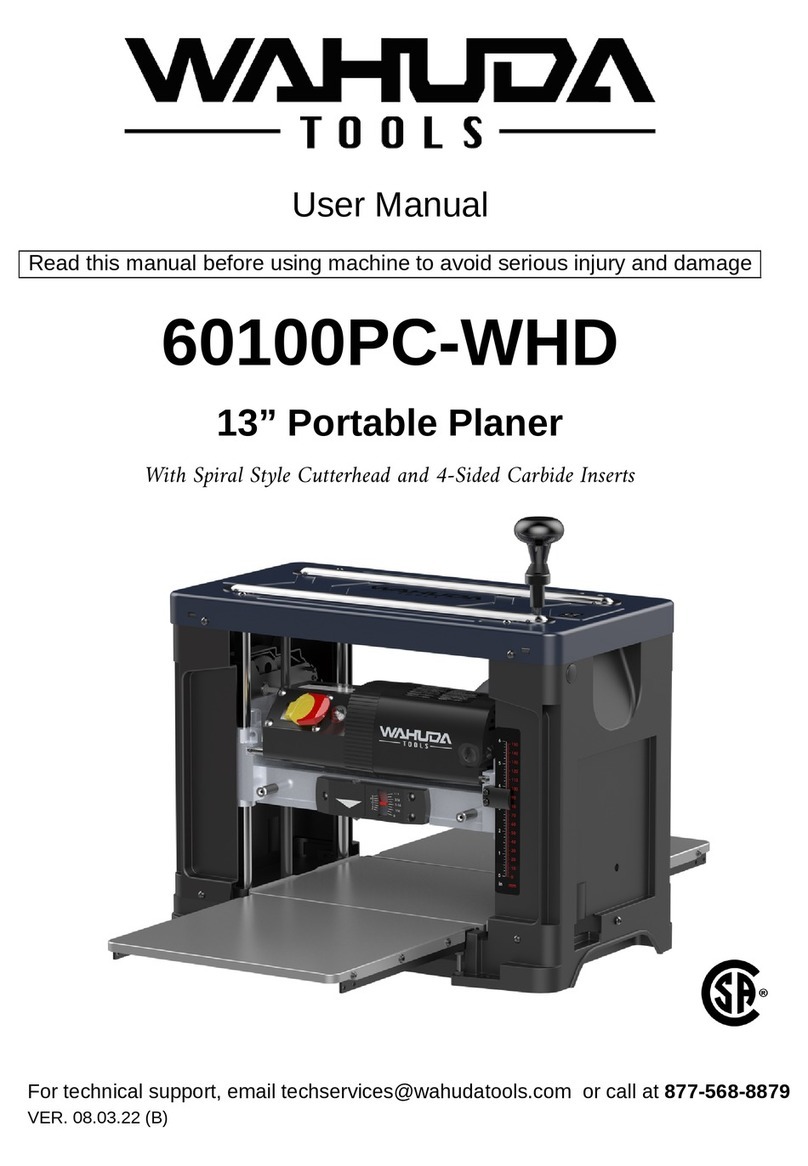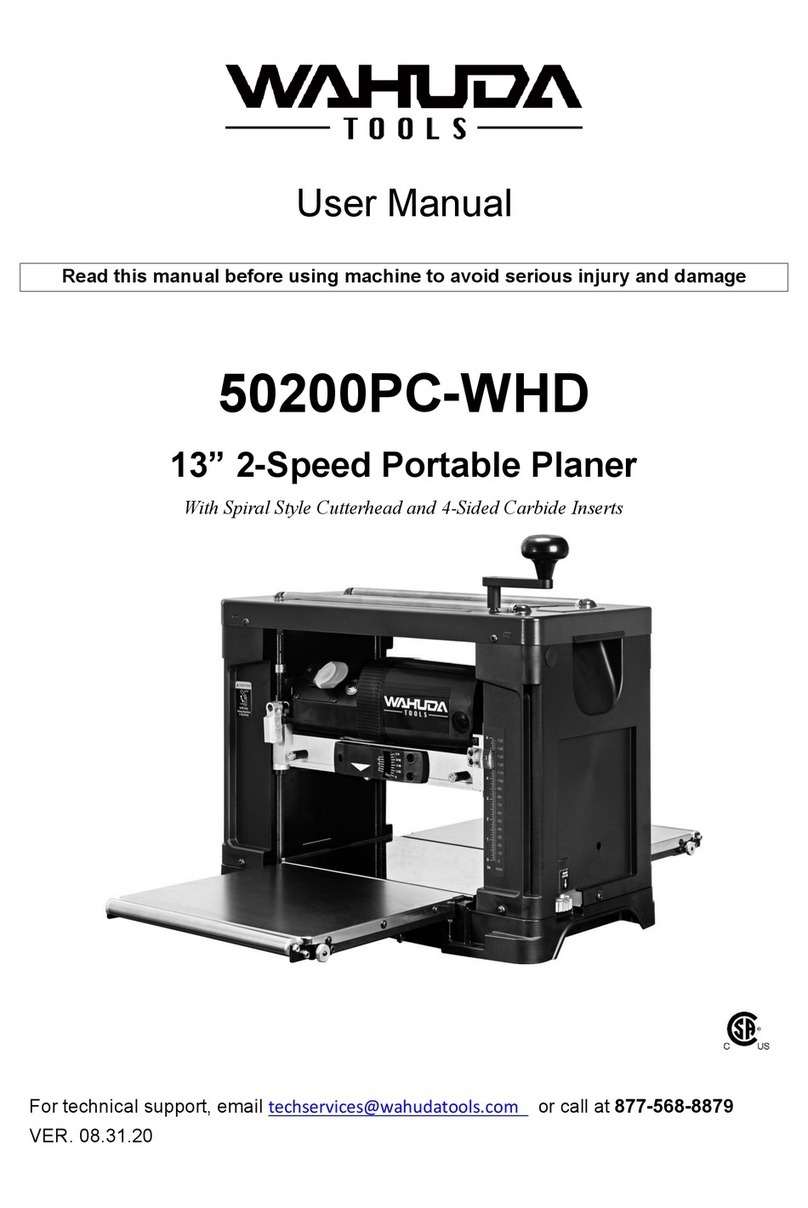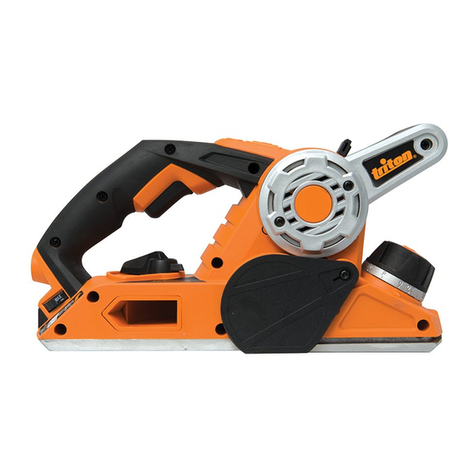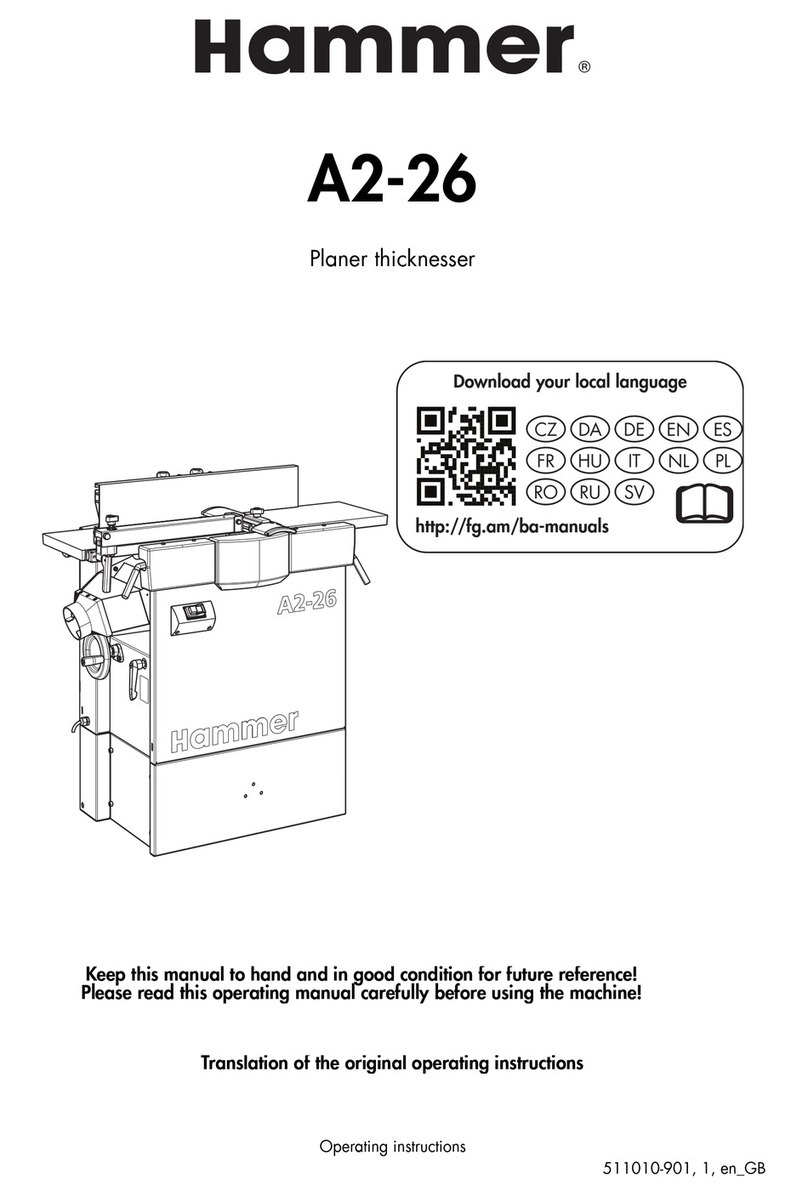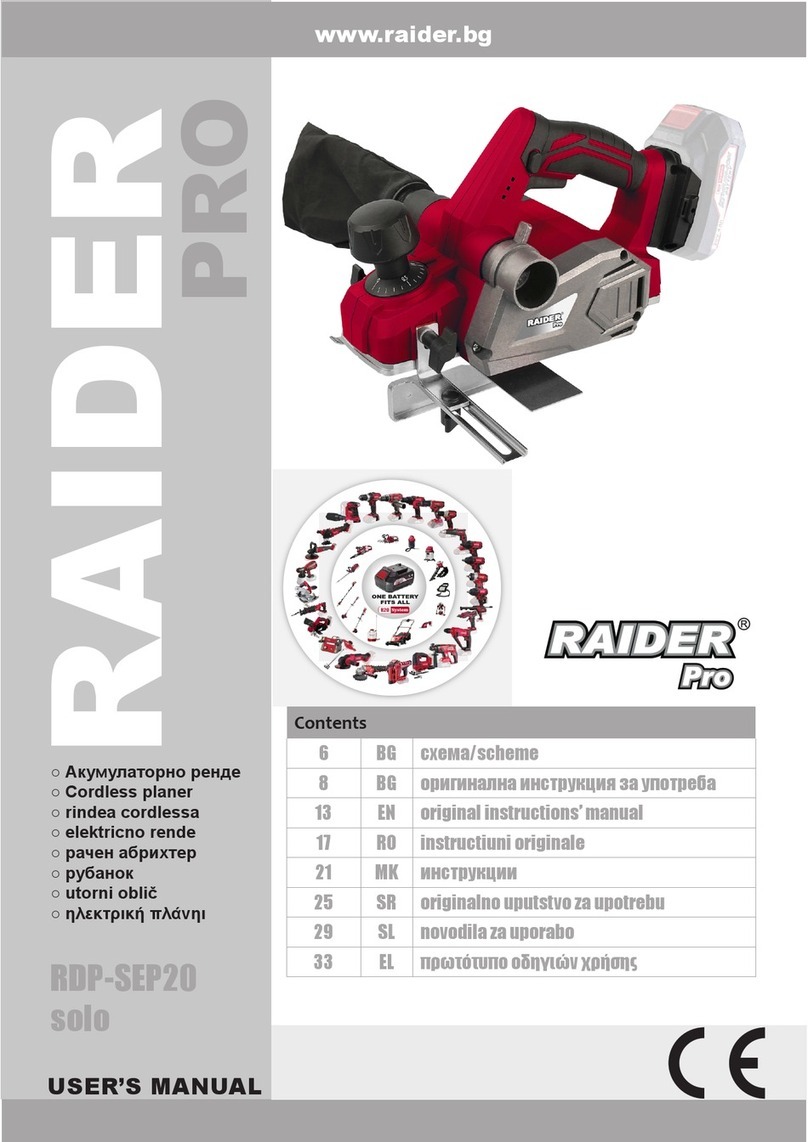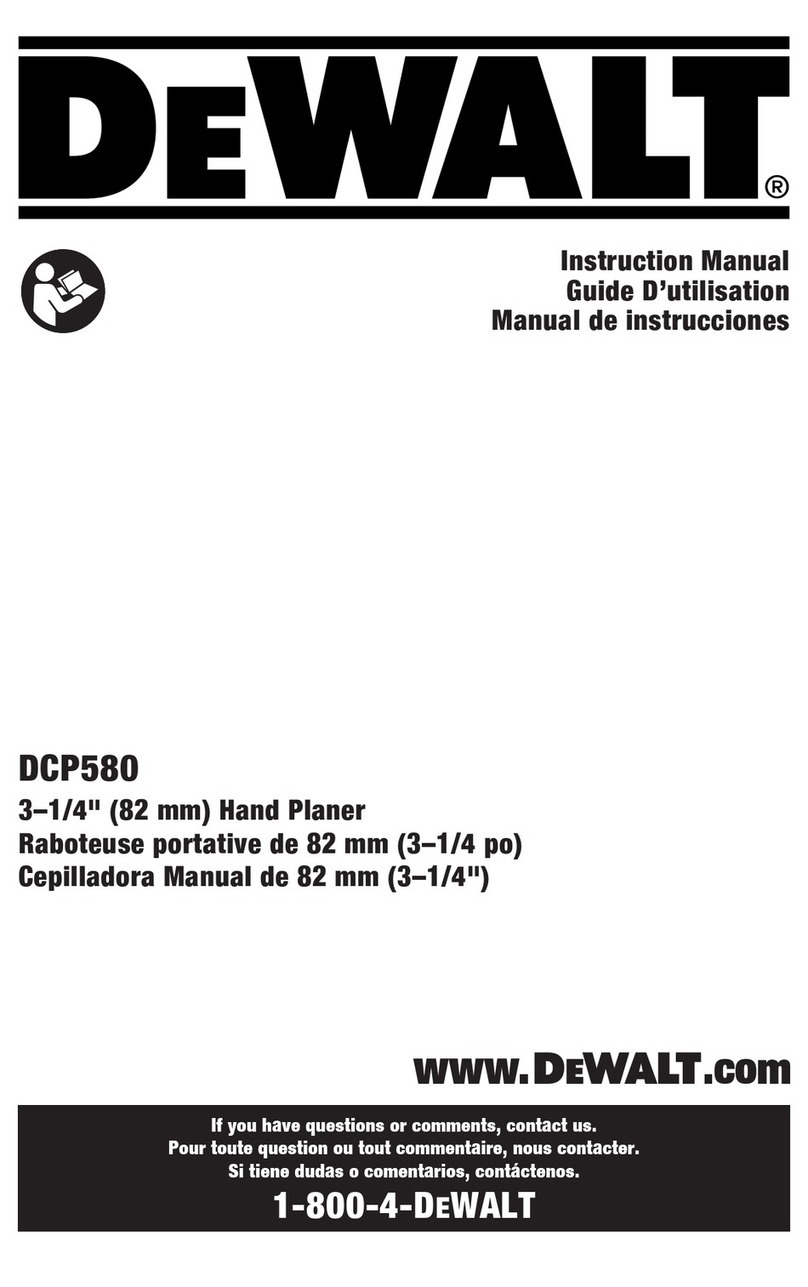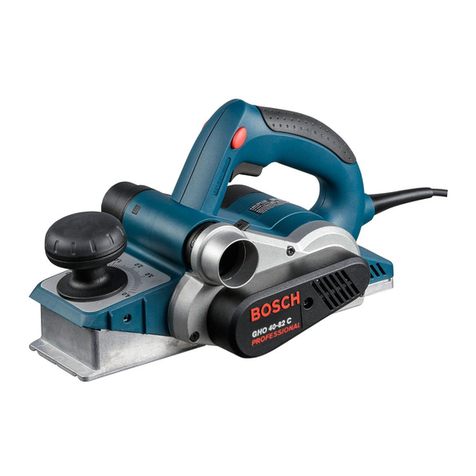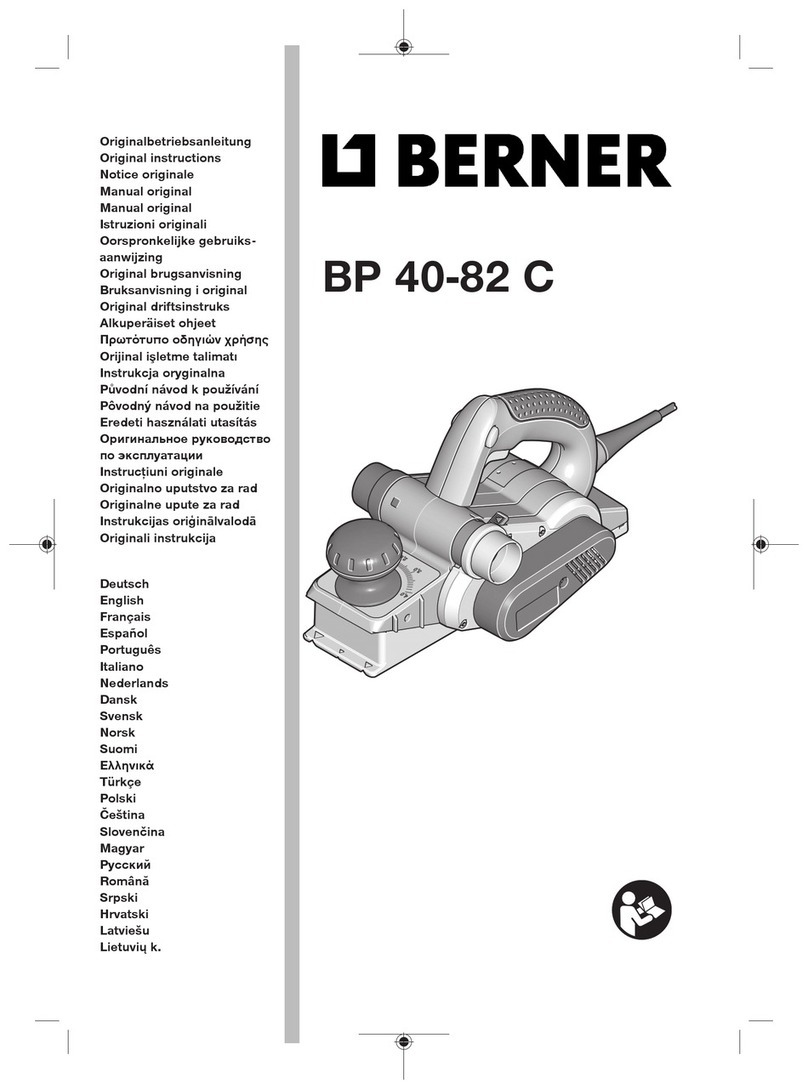WARRANTY
2 - YEAR LIMITED WARRANTY
WAHUDA warrants its machinery to be free of defects in workmanship and materials for a period of two
(2) years from the date of the original purchase by the original owner. This warranty applies to products
sold in United States only. The warranty does not apply to any product used for professional or
commercial production purposes nor for industrial or educational applications. Such cases are covered
by our 1 year Limited Warranty with the Conditions and Exceptions.
Warranty does not include failures, breakage or defects deemed after inspection by an Authorized
Service Center or our agent to have been directly or indirectly caused by or resulting from improper
use, lack of or improper maintenance, misuse or abuse, negligence, accidents, damage in handling or
transport, or normal wear and tear of any part or component. Examples are consumables such as
inserts and knives or wear items like drive belts, bearings or brushes. Additionally, warranty is void if
repairs or alterations are made to the machine by an unauthorized service center without the direct
consent of WAHUDA.
To
file
a
claim
of
warranty,
call
toll
free
877-568-8879
or
e
mail
[email protected] .
Warranty applies to the original buyer only and cannot be transferred. Your machines date of purchase
and serial number have already been registered with WAHUDA when shipped. If you purchased your
machine from one of our authorized dealers, please go online at www.wahudatools.com and register
your machine online. Thus, you will only need to provide your full name when contacting WAHUDA.
The defective units should be returned Freight prepaid to WAHUDA’s Authorized Service Center for
inspection. If the warranty claim is considered to be invalid due to exclusions listed above, WAHUDA
will at your direction dispose of or return the product. In the event you choose to have the product
returned you will be responsible for the handling and shipping cost of the return.
WAHUDA furnishes the above warranties in lieu of all other warranties, express or implied. WAHUDA
shall not be liable for any special, indirect, incidental, punitive or consequential damages, including
without limitation to loss of profits arising from or related to the warranty, the breach of any agreement
or warranty, or the operation or use of its machinery, including without limitation damages arising from
damage to fixtures, tools, equipment, parts or materials, direct or indirect loss caused by any other
part, loss of revenue or profits, financing or interest charges, and claims by and third person, whether
or not notice of such possible damages has been given to WAHUDA. Not Responsible for damages of
any kind for any delay by or failure of WAHUDA to perform its obligations under this agreement or
claims made a subject of a legal proceeding against WAHUDA more than one (1) year after such
cause of action first arose.
The validity, construction and performance of this Warranty and any sale of machinery by WAHUDA
shall be governed by the law of the State of Tennessee, without regard to conflicts of law’s provisions
of any jurisdiction. Any action related in any way to any alleged or actual offer, acceptance or sale by
WAHUDA or any claim related to the performance of and agreement including without limitation this
Warranty, shall take place in the federal or state courts in Shelby County, Tennessee.
WAHUDA reserves the right to change the specifications of its machines without prior notice.
3
